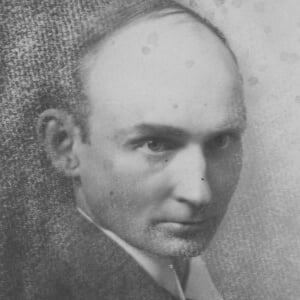About
Avant-garde classical composer and painter whose work was commissioned by the Metropolitan Opera and the San Francisco Symphony. He was known for his skillful use of dissonant counterpoint, a term that Charles Seeger invented as a way of describing the Ruggles oeuvre.
Before Fame
He was appointed the director of the YMCA orchestra in 1892. He published his first compositions--"How Can I Be Blythe and Glad," "At Sea," and "Maiden with Thy Mouth of Roses"--in 1899.
Trivia
He was elected to the National Institute of Arts and Letters in 1963.
Family Life
He was born in Marion, Massachusetts, and raised by his grandmother after his mother's death. His habit of destroying older works with the creation of newer ones may have led to his family's precarious financial situation.
Associated With
He was followed a century later by another avant-garde musician, Matthew Shipp, who fused classical music with early jazz.












